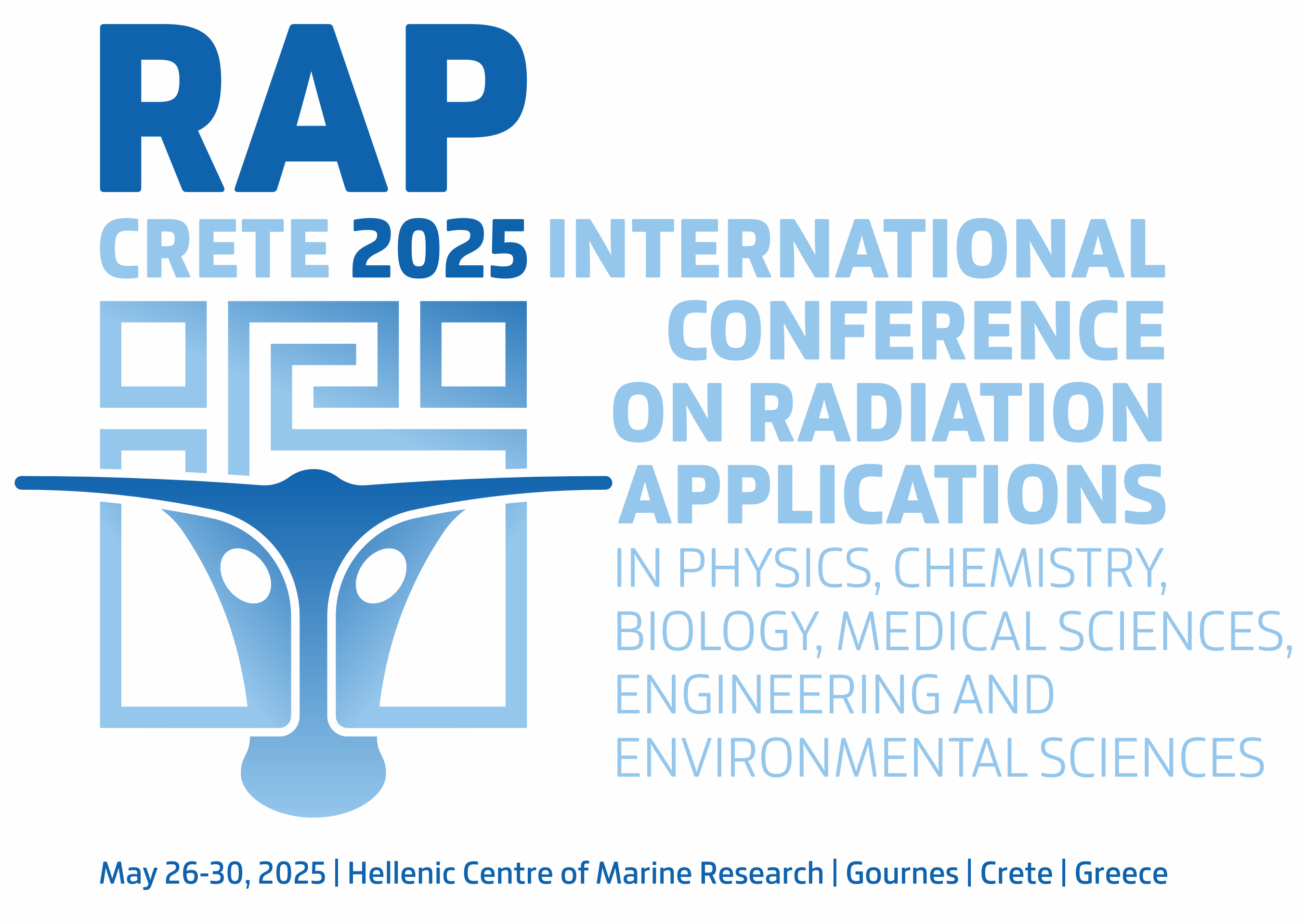Vol. 5, 2020
Microwave, Laser, RF and UV radiations
PUBLIC CONCERN OF ELECTROMAGNETIC EXPOSURE IN BULGARIA – A CASE STUDY
V. Zaryabova, T. Shalamanova, H. Petkova, M. Israel
Pages: 59-63
DOI: 10.37392/RapProc.2020.14
Abstract | References | Full Text (PDF)
Risk management in the precautionary framework proposed by the World Health Organization (WHO) concerning public health is an interactive process and it encourages the development of new information and understanding, as well as a review of the measures in the context of existing uncertainty. By including a wide range of stakeholders in the process, the framework requires a clarification of their interests, as well as transparency about the way of decision-making. The protective framework related to the protection of human beings against electromagnetic fields (EMF) exposures is an upgrading approach that encompasses procedures for managing human health risks that are either known or insecure. The framework assists: (1) Development and evaluation of the opportunities to reduce electromagnetic exposure; (2) Choice of action/actions appropriate to the risk under consideration; (3) Assessment and supervision of the chosen action/actions. WHO proposes the “Precautionary Principle/Approach” to be applied for cases when uncertainty of research is great, and when there are serious problems with the implementation of new technologies for which there is insufficient information on their harmful effects. At the same time, WHO suggests communication strategies to be applied after analyses and evaluation of the exposure to reduce public concern (EMF Risk Perception… WHO 1998, Risk Perception…ICNIRP 1997, Establishing a Dialogue…WHO 2002). Here, we would like to present one typical case study of public concern in connection with EMF exposure from a base station for mobile communication situated in urban area, and the way how the problem has been solved. Different approaches for exposure assessment have been applied, as follows: (1) measuring methods: point measurements; monitoring measurements over a long period of time, monitoring for more than 24 hours; spectrum analyses; (2) analytical methods: exposure assessment through processing data of measurements; and/or evaluation of the safety zones around “sensitive” buildings by calculation/modeling. A communication strategy with the general population has been chosen and applied on the basis of the analyses of the results of evaluation of the exposure. This communication strategy is specific and proven effective, and it refers to all stakeholders, including administration, mobile operators, local authorities, regional control bodies of the Ministry of Health, and others. The main purpose of this paper is connected to the methodology of the processes presenting our model for effectively solving a problem of public concern connected with EMF exposure.
- EMF Risk Perception and Communication , Proceedings WHO/SDE/OEH 99.01, WHO, Geneva, Switzerland, 1999.
Retrieved from: https://www.who.int/peh-emf/publications/reports/ottawa.pdf
Retrieved on: Oct. 20, 2019 - Risk Perception, Risk Communication and its Application to EMF Exposure , Proceedings ICNIRP 5/98, ICNIRP, Oberschleissheim, Germany, 1998.
Retrieved from: https://www.icnirp.org/en/publications/article/emf-risk-communication-1998.html
Retrieved on: Nov. 11, 2019 - Establishing a Dialogue on Risks from Electromagnetic Fields , WHO, Geneva, Switzerland, 2002.
Retrieved from: https://www.who.int/peh-emf/publications/risk_hand/en/
Retrieved on: Dec. 15, 2019 - Министерство на здравеопазването и Министерство на околната среда на България. (Март 14, 1991). Наредба № 9. З а пределно допустими нива на електромагнитни полета в населени територии и определяне на хигиенно-защитни зони около излъчващи обекти . (Ministry of Health and Ministry of Environment of Bulgaria. (Mar. 14, 1991). Ordinance No. 9. Exposure limit values for Electromagnetic Radiation in Residential Areas and for Determining Safety Zones Around Electromagnetic Sources. )
Retrieved from: https://lex.bg/bg/laws/ldoc/-551794688
Retrieved on: Feb. 11, 2020


